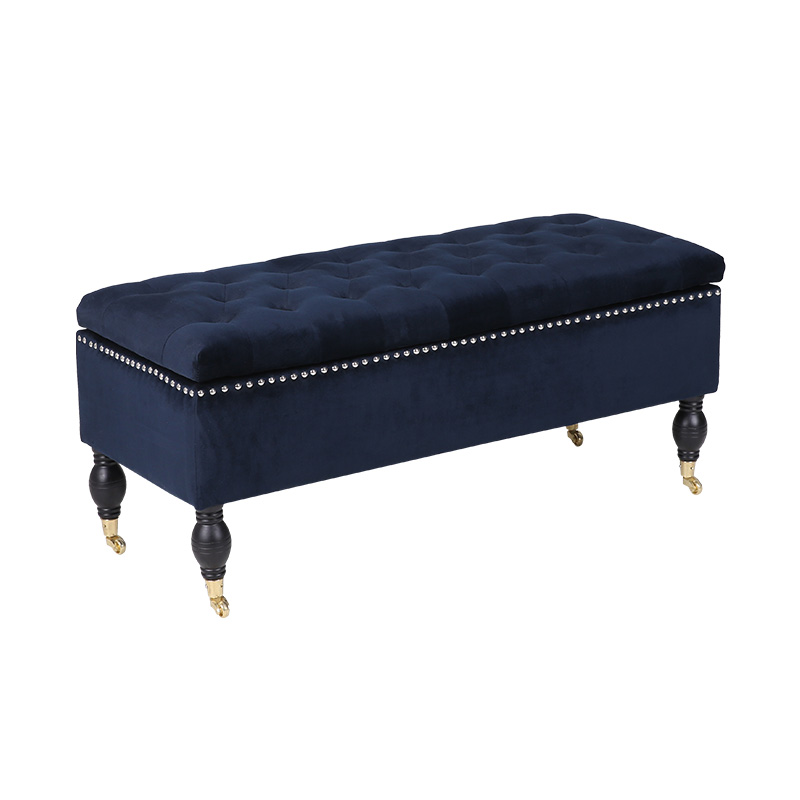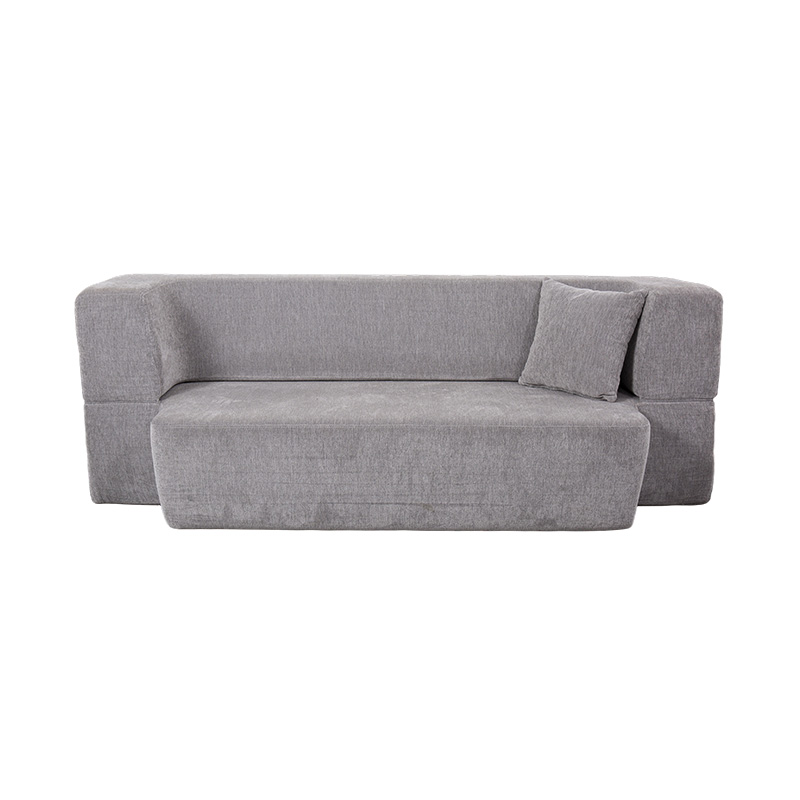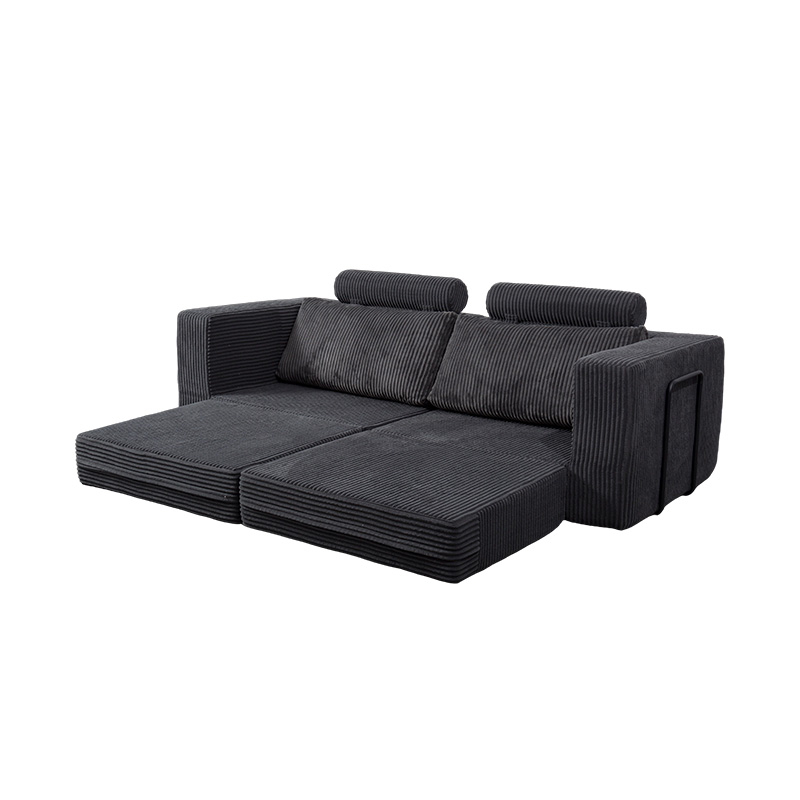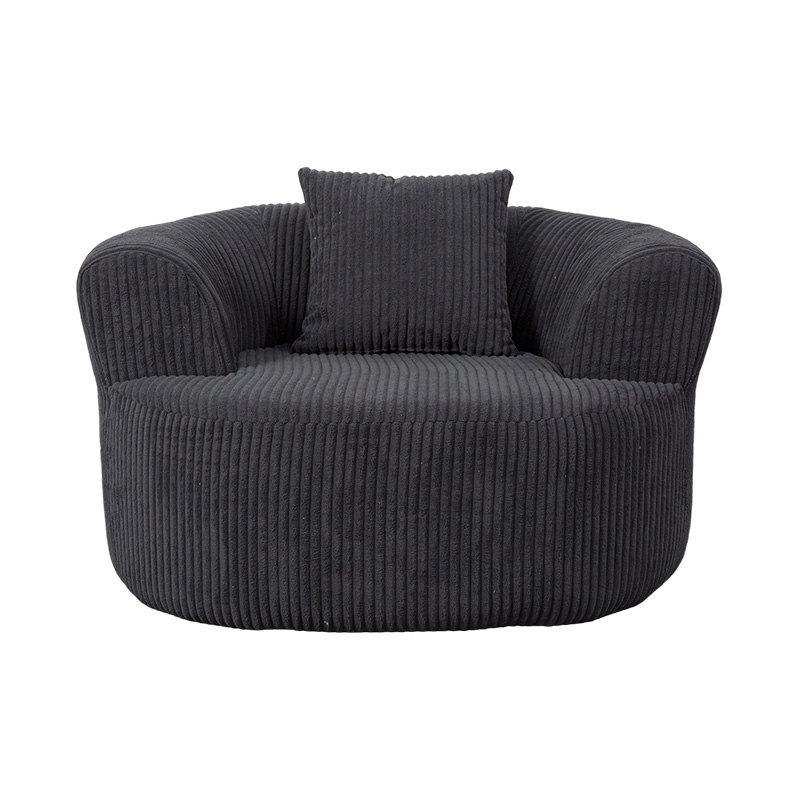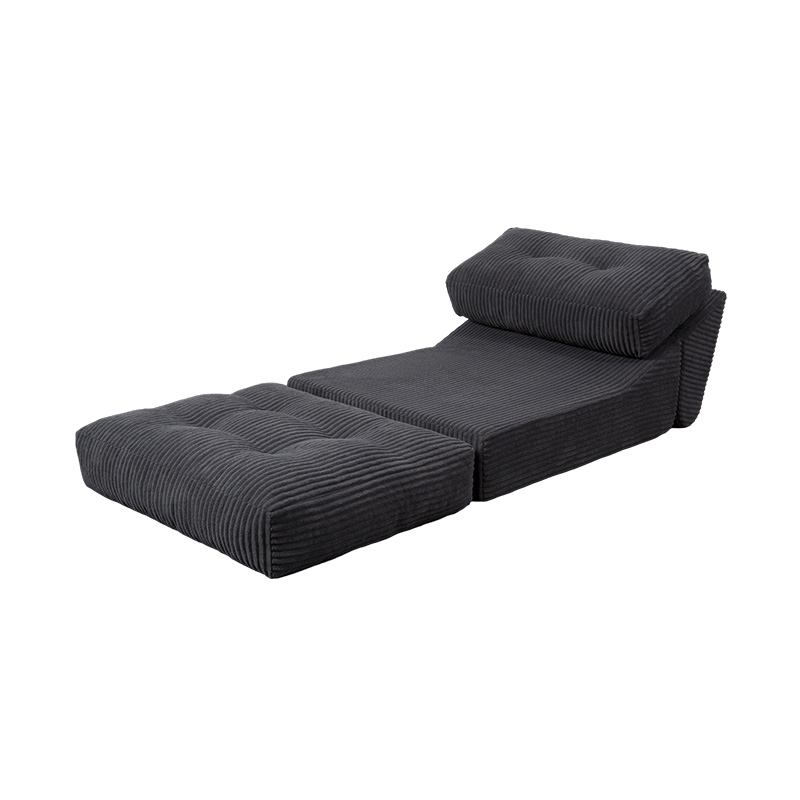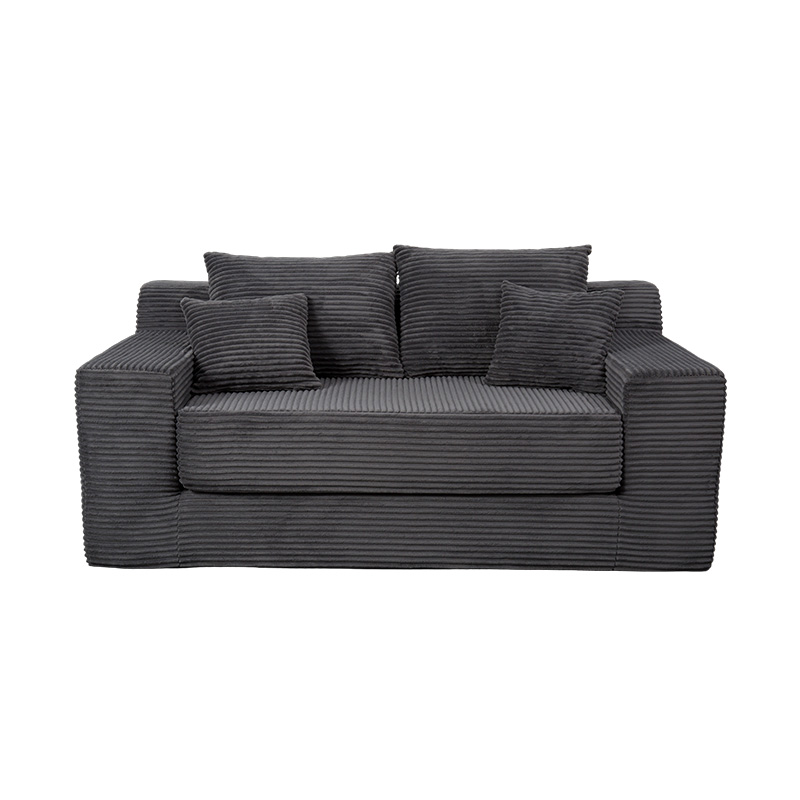In the realm of contemporary interior design, the faux leather sofa emerges as a compelling fusion of style, practicality, and ethical consideration. As homeowners seek furnishings that marry aesthetic appeal with durability, faux leather sofas offer a sophisticated alternative to traditional leather, captivating discerning consumers with their multifaceted advantages.
At first glance, faux leather sofas exhibit an elegant allure that rivals their genuine counterparts. Meticulously engineered to mimic the texture, sheen, and suppleness of real leather, these sofas imbue living spaces with an air of luxury and refinement. The tactile experience is remarkably convincing—soft to the touch yet resilient enough to withstand daily use. This fusion of visual and physical qualities positions faux leather sofas as a centerpiece in both modern and classic décor schemes.
Beyond aesthetics, faux leather sofas boast unparalleled versatility in terms of design and customization. Manufacturers leverage advanced synthetic materials to create a diverse palette of colors and finishes, ranging from matte to glossy, vintage to contemporary. This spectrum of options empowers interior designers and homeowners to tailor their furnishings to precise stylistic visions, whether aiming for minimalist chic or opulent grandeur.
Durability is another hallmark of faux leather sofas. Unlike natural leather, which demands meticulous upkeep and is susceptible to stains, scratches, and fading, faux leather is inherently more resistant to these afflictions. Its synthetic composition repels moisture and dirt, making maintenance effortless—usually requiring only a simple wipe with a damp cloth. For bustling households or commercial settings, this robustness translates into long-lasting beauty with minimal intervention.
Moreover, the environmental and ethical dimensions of faux leather cannot be overstated. As awareness about sustainable living intensifies, many consumers are turning away from animal-derived products. Faux leather provides a cruelty-free alternative that eliminates the ethical quandaries associated with traditional leather production. Additionally, innovations in eco-conscious manufacturing have led to the development of more sustainable faux leather variants, reducing reliance on petrochemicals and incorporating recyclable components.
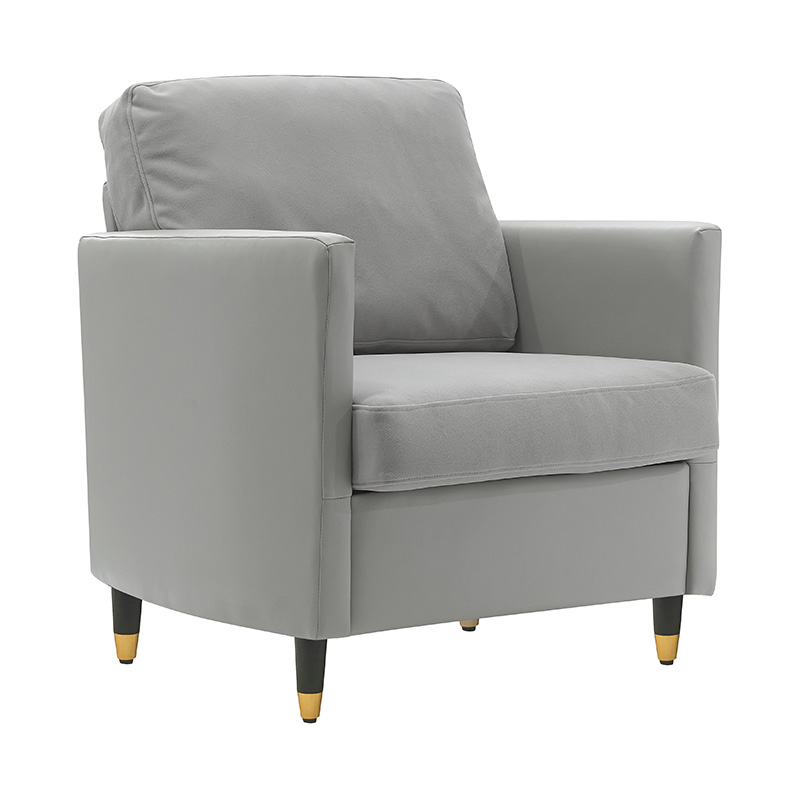
Financially, faux leather sofas offer compelling value. They present an economical choice without sacrificing the aesthetic gravitas or comfort of genuine leather. This accessibility democratizes high-end design, enabling a broader demographic to furnish their homes with pieces that exude sophistication. Investing in a faux leather sofa thus becomes a judicious decision, balancing budgetary constraints with an uncompromised standard of elegance.
Comfort is not sacrificed in this synthesis of form and function. Many faux leather sofas incorporate advanced cushioning technologies and ergonomic designs, ensuring support and relaxation that meet the demands of contemporary lifestyles. Whether hosting intimate gatherings or indulging in solitary repose, these sofas provide a welcoming sanctuary.
The faux leather sofa transcends mere functionality; it embodies a confluence of ethical responsibility, aesthetic versatility, durability, and economic prudence. For those who aspire to cultivate living environments that are both stylish and conscientious, this furnishing choice represents an astute investment. It is an exemplar of how innovation in material science can redefine luxury, making it accessible and sustainable without compromise. In today’s evolving design landscape, the faux leather sofa stands as a testament to the power of ingenuity married with purpose.

 0
0


